Liability Risks from Unauthorized Use of Professional Photographs
Intellectual property protection plays an increasingly central role in the digital age. Especially in the field of professional photography, the importance of copyright has significantly increased due to the rapid spread of image material on the internet. Companies as well as private individuals are increasingly faced with legal challenges as soon as they use photographs without the required permission from the rights holders. The judgment of the Munich Regional Court I of June 23, 2022 (Case No. 42 S 23121/20), which dealt with the question of damages in the unauthorized use of a copyrighted work, clarifies the consequences of copyright infringements and their economic dimension.
Importance of Copyright Position for Professional Photographers
A central concern of copyright law is the protection of the creative achievement of photographers. As soon as a professional photographer creates an image, comprehensive rights arise for the creator according to § 2 para. 1 no. 5, § 72 UrhG. These rights are both personal and proprietary in nature and specifically include the exclusive right to publish, reproduce, and publicly make the photograph accessible.
Professional photographers are regularly dependent on the economic exploitation of their works. An unauthorized interference with these rights can seriously harm the business models of those affected, not least because unauthorized use can also have a market-displacing effect. Against this background, users of works, especially in a business context, are increasingly obliged to always ensure the licensing conditions for image use.
Case Overview: Initial Situation, Subject Matter of Dispute, and Procedural Development
In the underlying facts (Munich Regional Court I, judgment of 23.06.2022, Case No. 42 S 23121/20), a professional photographer discovered that a photograph he had taken and presented in his portfolio was used without his permission on a third party’s commercial website. Despite repeated requests, the photograph was not removed, and the photographer was forced to assert claims for injunctive relief and damages in court.
Key Legal Questions of the Dispute
The focus was on the following legal questions:
- Under what conditions can the use of a professionally created image be classified as copyright infringement?
- How is the payable compensation calculated, especially with regard to the so-called license analogy?
- Are there additional claims, for example, regarding the omitted attribution according to § 13 UrhG?
An out-of-court settlement could not be reached, so the Munich Regional Court I had to decide on the photographer’s claims.
Legal Classification of Unauthorized Image Use
The unauthorized use of copyright-protected works in a business context generally constitutes a violation of the exclusive exploitation rights of the rights holder (§ 97 para. 1 UrhG). If no contractual permission was obtained for the use of the photograph and the publication contains no author attribution, claims for injunctive relief and damages are usually justified.
Assessment of Damages According to the License Analogy
Courts frequently base damage calculations on the so-called license analogy. This means that the injured party is to be put in the position they would have been in if the infringer had acquired a license at market conditions before the use. Accordingly, the fee recommendations of the Mittelstandsgemeinschaft Foto-Marketing (MFM) are regularly used as a guideline for determining the amount of damages. These contain detailed overviews of customary fee rates for various types, durations, and scopes of use.
In the present case, the court confirmed the use of the MFM recommendations as an appropriate basis for damage assessment but emphasized that these fee recommendations serve only as indicators and are not binding tariff regulations.
Violation of the Right to Author Attribution
Another aspect considered by the court is the right to author attribution (§ 13 UrhG). If this right is also violated, as in the decided case, an additional surcharge of up to 100 percent on the license fee can typically be added. This surcharge must also be determined on a case-by-case basis, taking into account the significance and extent of the exploitation concerning the author’s interests.
Practical Relevance and Business Consequences
The judgment clearly illustrates that unauthorized use of professional photographs does not only constitute formal legal violations but also substantial economic risks for the users. Business websites, online shops, and marketing departments are well advised to ensure valid licensing and complete author attribution when using third-party image works.
In these scenarios, the allocation of the burden of proof becomes particularly evident: Although the rights holder must fundamentally prove authorship and the act of infringement, the actual usage circumstances of the opposing party can play a significant role in the proceedings. At the same time, case law signals that the protection of professional photographers is being intensified and legal violations are being noticeably sanctioned.
Outlook
With increasing digitization, the demands on companies and users to respect the copyrights of professional image creators and to design contractual bases for exploitation transparently are also rising. The Regional Court Munich I has clarified that each individual image as well as each act of usage must be examined separately and that both criminal and civil law consequences may threaten.
Given the significant liability risks, the complexity of licensing provisions, and current developments in copyright law, a structured and forward-looking review of existing usage rights is indispensable. For deeper legal questions regarding the protection and enforcement of copyrights, especially in a business context, you can seek competent legal advice in copyright law. Further information can be found at Legal advice in copyright law.





